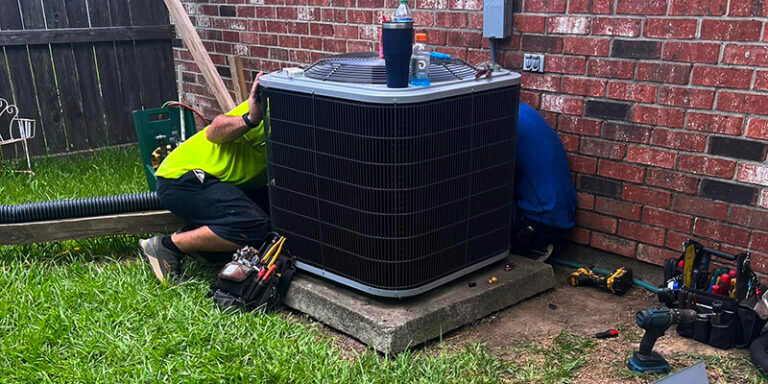Horizontal Directional Drilling: Saving Time and Money on Construction Projects
One technique that has revolutionized the industry is horizontal directional drilling (HDD). This method offers significant advantages over traditional trenching, providing a faster, cheaper, and less disruptive way to install underground utilities. If you’re considering innovative solutions for your construction needs, explore jmhdirectionaldrilling.co.uk to learn more about how HDD can benefit your projects. This article delves into the various ways HDD saves time and money on construction projects.
Understanding Horizontal Directional Drilling
What is Horizontal Directional Drilling?
Horizontal directional drilling is a trenchless method for installing underground pipelines, conduits, and cables. The process involves drilling a pilot hole along a predetermined path, enlarging the hole to the required diameter, and then pulling the utility line through the hole.
Key Components of HDD
- Drill Rig: The equipment used to create the pilot hole.
- Drill Pipe: The rods that transmit drilling fluid and torque to the drill bit.
- Drill Bit: The cutting tool that creates the pilot hole.
- Reamer: It is used for enlarging the pilot hole.
- Drilling Fluid: A mixture that cools the drill bit, removes cuttings, and stabilizes the hole.
Benefits of Horizontal Directional Drilling
Time Efficiency
- Rapid Installation: HDD allows for quick installation of utilities, significantly reducing project timelines compared to traditional trenching methods.
- Continuous Operation: Unlike traditional methods that may face delays due to weather or other factors, HDD can often proceed uninterrupted, ensuring steady progress.
Cost Savings
- Reduced Excavation Costs: HDD minimizes the need for extensive digging and backfilling, leading to lower labor and material costs.
- Minimal Surface Restoration: Since HDD causes less surface disruption, the expenses associated with site restoration are significantly reduced.
Applications of HDD
Utility Installation
HDD is widely used for installing various utilities, including water and sewer lines, gas pipelines, electrical conduits, and telecommunications cables. Its ability to navigate around obstacles makes it ideal for urban environments and sensitive areas.
Infrastructure Projects
Infrastructure projects such as road and highway crossings, bridge construction, and railways benefit from HDD by allowing the installation of utilities without disrupting existing structures or traffic flow.
Environmental and Safety Benefits
Reduced Environmental Impact
- Minimal Surface Disruption: HDD preserves natural habitats and landscapes by drilling beneath the surface, reducing soil erosion and protecting wildlife.
- Sustainable Practices: HDD promotes sustainable construction by minimizing the environmental footprint of the project.
Enhanced Safety
- Fewer Accidents: HDD reduces the risk of accidents and injuries by minimizing the need for open trenches.
- Compliance with Safety Standards: HDD operations are conducted by trained professionals who adhere to stringent safety regulations, ensuring a safe working environment.
The HDD Process
Planning and Design
The first step in any HDD project is thorough planning and design. This includes conducting a site survey, identifying potential obstacles, and creating a detailed drilling plan that outlines the path of the drill and the location of the utilities.
Pilot Hole Drilling
Once the plan is in place, the drill rig is set up, and the pilot hole is drilled along the predetermined path. The drill bit is guided by a tracking system to ensure accuracy.
Hole Enlargement
After completing the pilot hole, it is enlarged to the required diameter using a reamer. This may involve several passes with increasingly larger reamers to achieve the desired size.
Utility Installation
Finally, the utility line is pulled through the enlarged hole. This is done using a pulling head attached to the end of the utility line, which is then connected to the reamer. The reamer and pulling head are pulled back through the hole, bringing the utility line into place.
Why Choose Horizontal Directional Drilling?
Versatility
HDD is suitable for a wide range of applications and can be adapted to different soil conditions and project requirements. Whether for urban, rural, or environmentally sensitive areas, HDD provides a reliable and efficient solution.
Long-Distance Installations
HDD is capable of creating underground pathways over long distances, making it ideal for projects requiring extensive utility installation. This capability is particularly useful for pipelines and telecommunications networks that span significant areas.
Conclusion
Horizontal directional drilling is a game-changer in the construction industry, offering significant time and cost savings while enhancing safety and environmental sustainability. For projects that demand efficiency and minimal disruption, HDD is the clear choice.By leveraging the benefits of HDD, you can ensure the success and sustainability of your project, achieving your goals with precision and efficiency.

